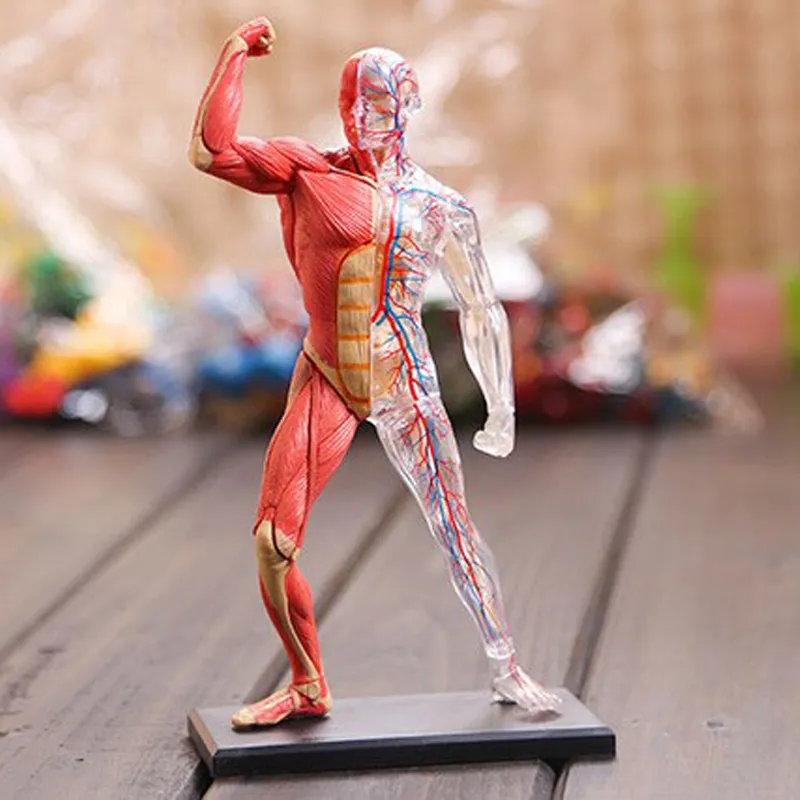

For a list of invigilators who can accommodate online exams, visit the Exam Invigilation Network. It is your responsibility to ensure your chosen invigilation centre can accommodate online exams. The midterm and final examinations for this course must be taken online with an AU-approved exam invigilator at an approved invigilation centre. Activityġ% of total with a minimum passing grade of 100%Ħ% of total with a minimum passing grade of 40%ĥ% of total with a minimum passing grade of 40%ġ6% of total with a minimum passing grade of 50% This applies only to the quizzes and assignments for which you did not receive a minimum passing grade you may not take an alternative quiz or assignment in an attempt to increase your grades. If you obtain less than the required passing grade on any quiz or assignment, you will be required to take another version of the quiz or assignment. In order to complete the course, you must achieve a minimum passing grade of one hundred percent (100%) on Assignment 0, forty percent (40%) on each quiz and each of Assignments 1 3, and a minimum passing grade of fifty percent (50%) on each exam. The passing grade for this course is D (50 percent). The Study Schedule in the Course Orientation suggests when you should complete each quiz and assignment, and when you should write the exams. Your final grade in Biology 235: Human Anatomy and Physiology is based on the grades you achieve on 6 quizzes, 3 written assignments, and 3 exams. Chapter 29: Development and Inheritance.Chapter 27: Fluid, Electrolyte, and Acid –Base Homeostasis.

Chapter 22: The Lymphatic System and Immunity.Chapter 21: The Cardiovascular System: Blood Vessels and Hemodynamics.Chapter 20: The Cardiovascular System: The Heart.Chapter 19: The Cardiovascular System: The Blood.Chapter 16: Sensory, Motor, and Integrative Systems.You can now draw the spine connecting the head to this most important part of the body, its center of gravity and stability. Its width is roughly 1.5 to 2 head-widths. Chapter 15: The Autonomic Nervous System Add the pelvic bone next, simplified as a flattened circle between marks 3 and 4, with the hip joints sitting on 4.Chapter 14: The Brain and Cranial Nerves.Chapter 13: The Spinal Cord and Spinal Nerves.Chapter 8: The Skeletal System: The Appendicular Skeleton.Chapter 7: The Skeletal System: The Axial Skeleton.Chapter 6: The Skeletal System: Bone Tissue.Chapter 4: The Tissue Level of Organization.Chapter 3: The Cellular Level of Organization.Chapter 2: The Chemical Level of Organization.



 0 kommentar(er)
0 kommentar(er)
